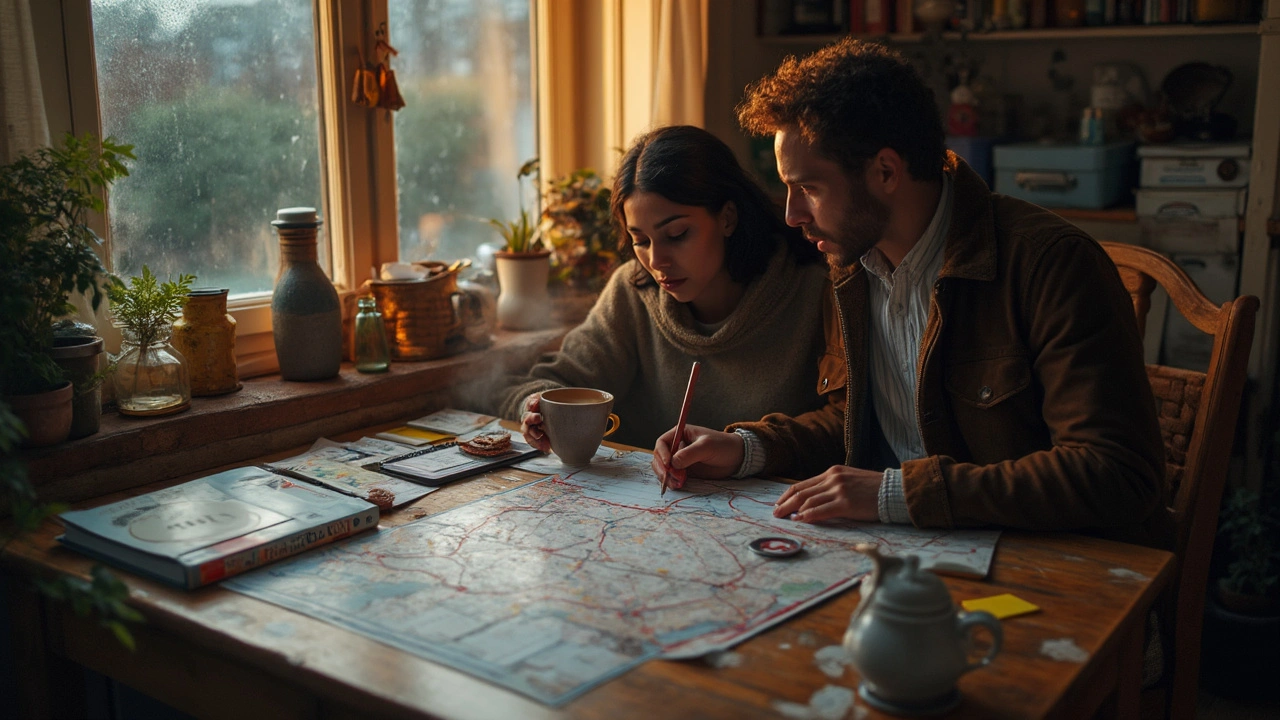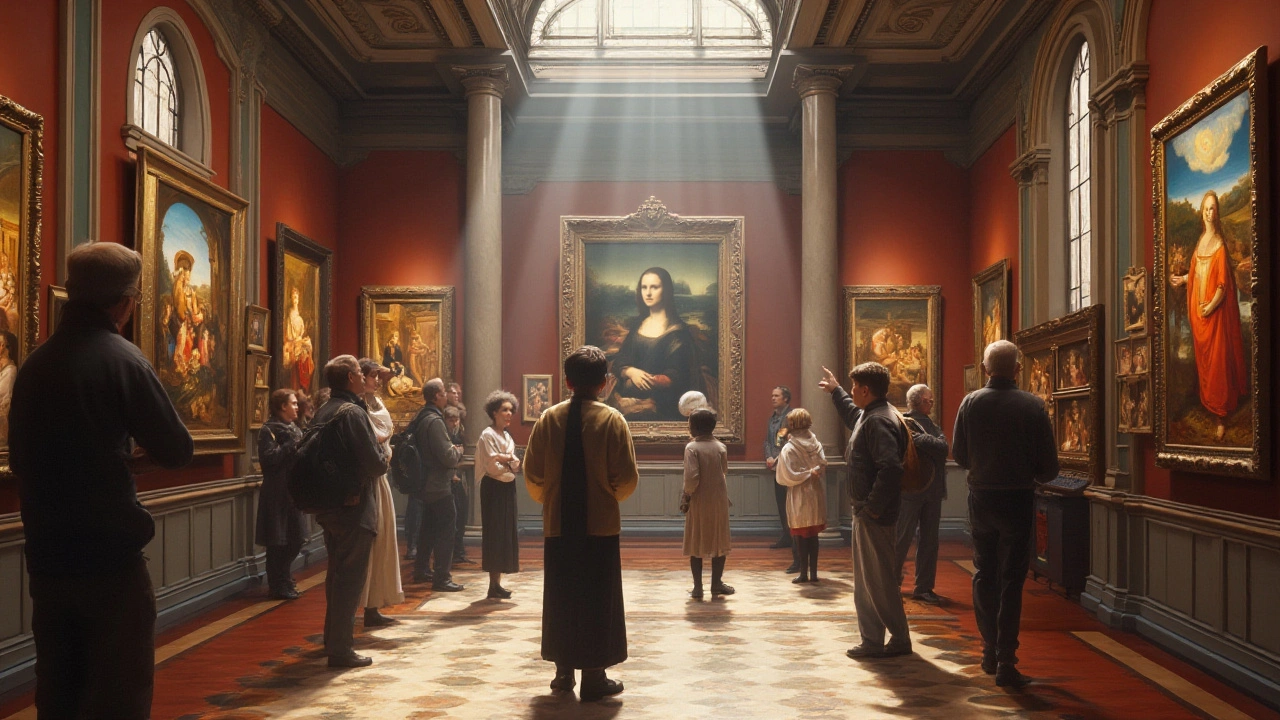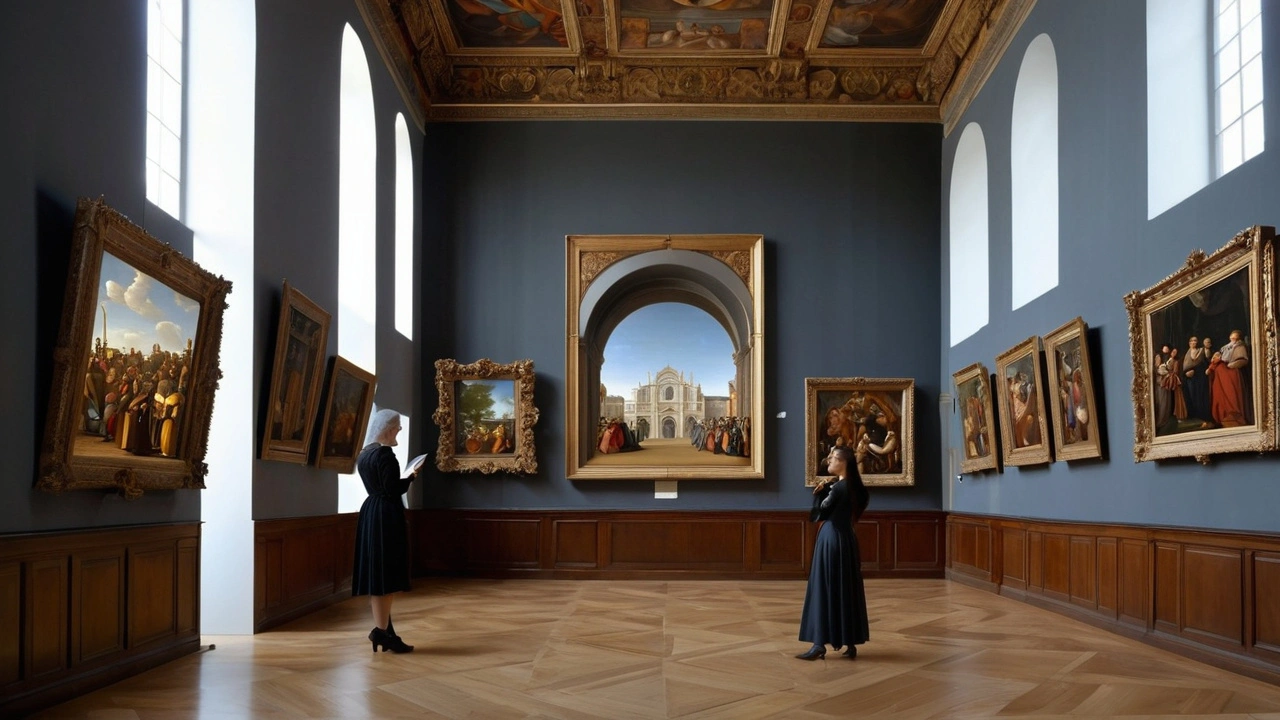Plan the perfect Renaissance art trip: 10 essential cities, what to see in each, ticket tips, best times, and smart routes across Italy, Paris, and London.
Renaissance Art: Key Ideas, Works, and How to Spot Them
A single fresco in a small Florentine chapel changed how artists looked at the world. Renaissance art moved painters and sculptors from flat, symbolic images to lifelike figures, revived classical ideas, and invented reliable methods for drawing space. Walk through a museum or a historic city and you’ll start seeing the same rules over and over.
At its core, the Renaissance focused on people, proportion, and believable space. Artists studied anatomy so bodies posed and moved like real humans. They used linear perspective to make a flat panel feel deep. Light and shadow model forms instead of patterns and gold leaf. Architects brought back columns, domes, and balanced plans drawn from ancient Rome.
How to Recognize Renaissance Art
Look for realistic figures, clear perspective, and classical details like columns or pilasters. Paintings usually show a foreground, middle ground, and background with a clear vanishing point. Faces display emotion but are often idealized, not portrait-level detail. In buildings watch symmetry, repeating windows, measured proportions, and domes or pediments. Know a few names: Leonardo, Michelangelo, Raphael, Brunelleschi, and Alberti. Leonardo studied light and anatomy; Michelangelo made stone breathe; Brunelleschi engineered the Florence Dome; Alberti wrote guidebooks that set rules. When you visit, start with composition: ask how the artist moves your eye, find the horizon line, and spot the vanishing point. For architecture, step back to read rhythms of windows and columns. Try a two-minute sketch of a face or a cornice; copying trains your eye to see proportion and technique quickly.
Why Renaissance Art Still Matters
Those visual rules shaped later styles like Neoclassicism and Beaux-Arts and still appear in public buildings today. Designers borrow Renaissance balance when composing web pages, photos, or interiors because the human eye prefers ordered layouts. On this site you can follow a simple path: read a short Renaissance history, study one key painting or building, then compare how later movements revived or rejected those ideas. Notable articles here cover Renaissance history, Renaissance architecture, and how the idea of the modern artist emerged.
Quick exercise: pick one painting and one building in the same city and spend ten minutes looking for the three clues above. Write two short notes: one about proportion and one about perspective. That short habit trains your eye faster than long reading. To explore here, start with our beginner guide to Renaissance history, then read the piece on Renaissance architecture to see how the same ideas shaped buildings. Next, read the article on the emergence of the modern artist to understand how creators gained status. After that, compare Renaissance pieces with Baroque or Renaissance Revival posts on this site to spot what changed and why. That guided path takes you from basics to a sharper eye for style, technique, and how cultural shifts rewrite artistic rules. Try it this weekend and tell someone what you see.
Renaissance Art offers a fascinating view into a time when creativity flourished and boundaries were pushed. This article delves into the key aspects of the Renaissance period, highlighting the significant artists, artistic techniques, and cultural influences that shaped this extraordinary era. Learn about the impact of Renaissance art on modern times and discover tips for appreciating these historical masterpieces.
This article delves into the rich symbolism found in Renaissance paintings, uncovering the hidden meanings behind various elements and motifs. By identifying and interpreting these symbols, readers can gain a deeper appreciation for this artistic period. Key examples and practical tips are provided to help readers recognize and understand the common themes found in Renaissance art.



